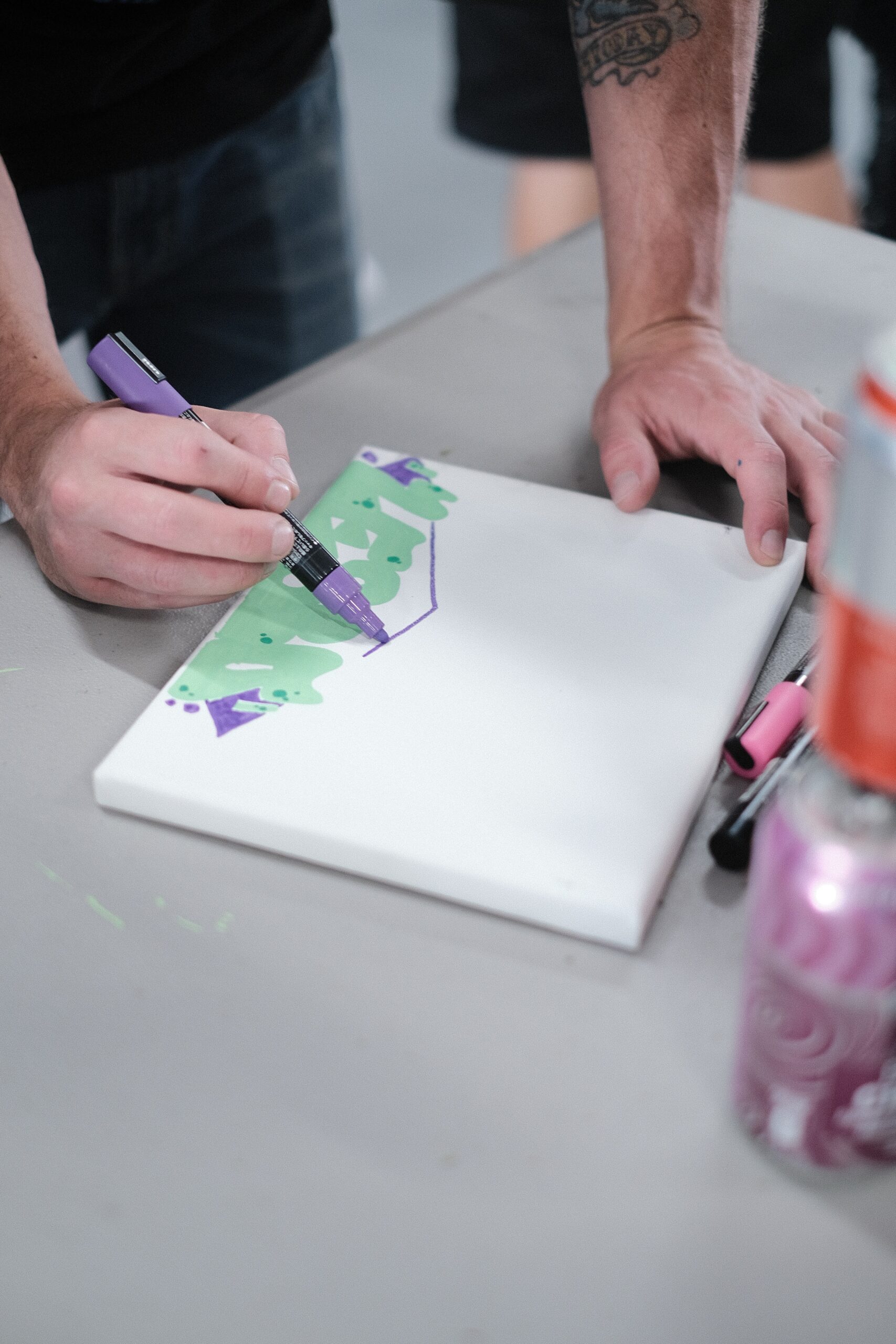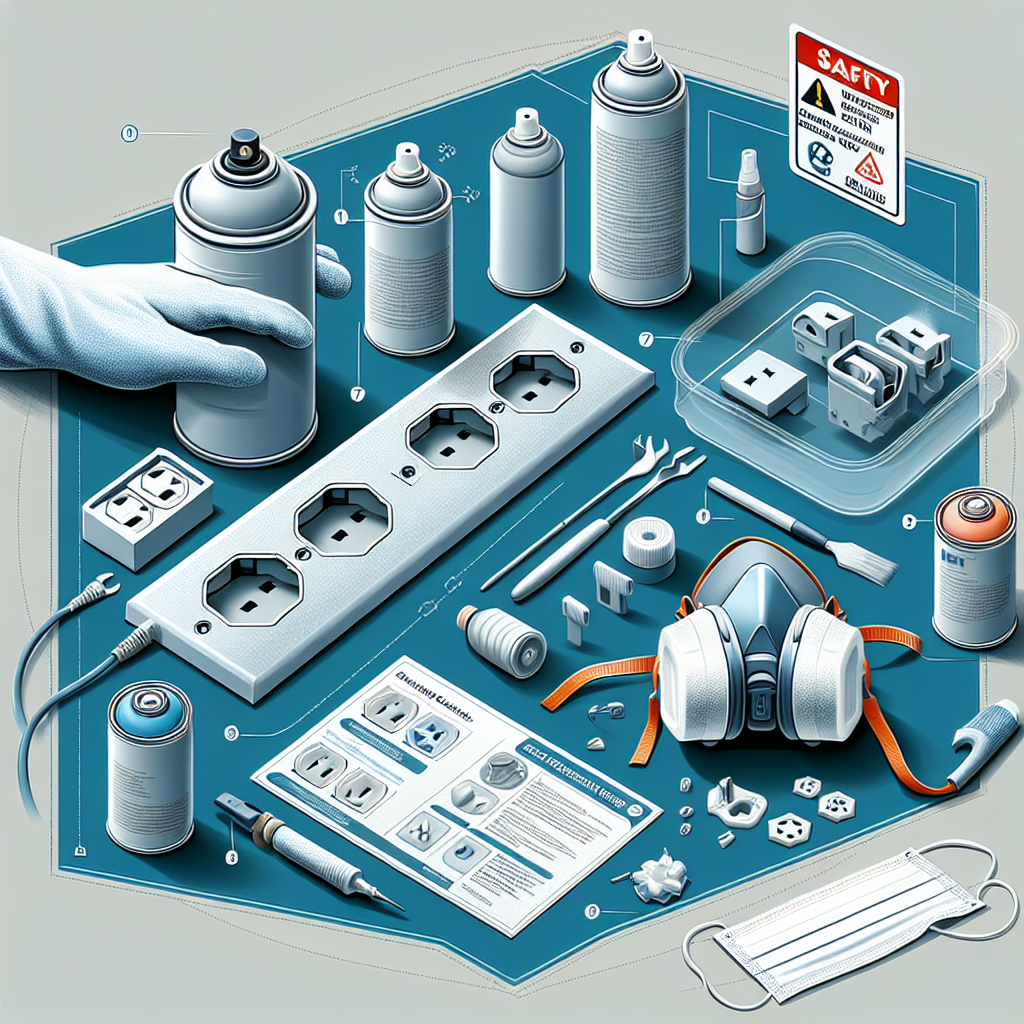If you are looking to add a little personality to your favorite pair of leather boots, know that it is completely possible to revamp and give them an exciting new look with a touch of spray paint. This guide “How To Spray Paint Leather Boots” walks you through a step-by-step process of achieving that stylish transformation. With a dash of creativity, diligence, and precision, your boots can become the latest fashion statement. The process isn’t as complicated as it might sound. So, prepare to thrill yourself with the magic of color and change!

Choosing the Right Materials
Before you start spray painting your leather boots, it’s crucial to choose the right materials. The success of this DIY project largely depends on the quality and type of materials you choose.
Selecting the Correct Spray Paint
The first step is selecting the correct spray paint. Not all paints are created equal. Some are ideal for metal surfaces while others are perfect for wood. For leather boots, you need a spray paint specifically designed for leather. This type of paint is flexible and won’t crack when the boots are worn. Choose a color that matches your style and preference.
Gathering the Necessary Supplies
In addition to the spray paint, some other supplies you’ll need include masking tape, plastic sheets or bags, a soft cloth for cleaning, and a piece of sandpaper for scuffing. Remember to also get a clear finish for a protective layer on the painted boots, along with a disposable mask and gloves for your protection.
Preparing the Boots
Proper preparation of your boots is the bedrock of an excellent paint job. When adequately done, it helps the paint adhere better, last longer, and look great.
Cleaning the Leather Surface
Before you start the painting process, ensure the leather surface is clean. Using a damp soft cloth, wipe away any surface dirt or dust. Stubborn stains or spots may need a gentle scrub.
Removing Any Dirt or Stains
You can’t paint over dirt or stains, or else they’ll show through. If general cleaning doesn’t eliminate these stubborn spots, consider using a leather cleaner or mild soap. Rinse well and allow the boots to dry completely before proceeding.
Scuffing the Leather for Better Adhesion
Another crucial part of preparing your boots for painting is scuffing the leather surface. Lightly sand the surface using sandpaper, creating a texture that makes it easier for the paint to adhere.
Masking and Protecting
When painting, you do not want the spray to touch non-paintable areas. Masking and protection help prevent any unnecessary work or damages.
Covering Non-Paintable Areas
Before you begin painting, identify any non-paintable areas, like rubber soles or metal hardware, then cover these areas using a material such as masking tape or plastic to prevent the paint from adhering to them.
Applying Masking Tape
Masking tape is perfect for small areas or places with intricate designs. Gently apply the tape on the areas you don’t want to be painted, ensuring it adheres well.
Using Plastic Sheets or Bags
When dealing with larger areas, plastic sheets or bags could be a better option. Secure them with masking tape to ensure they stay in place during the painting process.
Practicing on a Test Surface
Before you begin painting, it’s a good idea to practice with your spray can on a test surface. This gives you a sense of how the pressure, angle, and distance will affect the result.
Finding an Inconspicuous Area for Testing
Choose an area on the boots that isn’t quickly noticed for this practice run. This provides a better idea of the actual result without ruining the appearance of the boots.
Spraying a Small Sample
With your spray can, apply a small amount of paint on the test area. This will give you an idea about the color, how thick it’ll lay, and how it might look when dried.
Evaluating the Finish
After the test, take a good look at the finish. Do you like the outcome? How’s the color? If you’re not satisfied, make necessary adjustments. Maybe change the color or the brand of spray paint.

Applying the Spray Paint
When you feel confident in your technique, it’s time to apply the actual paint to your boots.
Shaking the Spray Paint Can
Shake the can vigorously for about a minute to ensure the paint is thoroughly mixed. A well-mixed can give a more uniform color and finish.
Holding the Can at the Right Distance
Hold the spray can approximately 6 to 12 inches from the surface of the boots. This distance gives an even coverage, prevents drips and ensures you don’t oversaturate the boots.
Applying Thin and Even Coats
The key to a professional-looking finish is applying thin, even coats. Spray a light coat, moving the can back and forth across the surface. Allow the first coat to dry before applying subsequent coats.
Avoiding Over-Saturation
Too much paint can lead to drips, runs, and a longer drying time. Always apply light layers, checking the coverage after each pass.
Drying and Curing
Ensuring the paint is correctly dried and cured will enhance its longevity on your boots.
Allowing Sufficient Drying Time
After painting, don’t rush to wear the boots immediately. Even though the surface may feel dry to touch, it’s not wholly cured. The drying time can vary depending on the paint, but a safe bet is to wait at least 24-48 hours.
Curing the Paint for Durability
Apart from letting it dry, the paint needs to cure. Curing is the process of allowing the paint to harden for enhanced durability. This process may take several days, but it’s worth the wait.
Adding a Protective Finish
A good protective finish ensures your painted boots can withstand everyday wear and tear.
Applying a Clear Coat
After the boots have completely cured, apply a clear coat to protect the paint from chipping and enhance its lifespan. Ensure you choose a flexible finish that won’t crack or peel when the boot bends.
Choosing the Right Finish
Select a finish according to the sheen you prefer; matte, satin or glossy. A matte finish gives a softer look while the glossy finish adds a shiny touch.
Following the Manufacturer’s Instructions
It’s essential to follow the manufacturer’s instructions when applying the finish. This ensures you get the best results.
Removing Masking Materials
After you’re done painting and the surface is completely dry, it’s time to remove the masking materials.
Peeling Off the Tape
Start by peeling off the masking tape. Remember to do this gently to avoid pulling off some paint with it.
Removing Plastic Covers
If there are plastic bags or sheets on the boots, remove them carefully without scratching the surface.
Cleaning Up
The last stage in your DIY painting project is cleaning up your workspace.
Proper Disposal of Used Materials
Properly dispose of all used materials including used tapes, plastic covers, and leftover paint. Always follow environmental guidelines while discarding these items.
Cleaning Spray Paint Residue
If there’s any spray paint residue on your working space or tools, clean it up immediately before it dries. Spray paint can be hard to remove once dried.
Storing Remaining Supplies
If you have any supplies left like paints or tapes, store them efficiently for future use or projects. Ensure you store the spray paints as per the instructions on the can.
Maintaining the Painted Boots
To enhance the longevity of your painted boots, regularly clean and condition the leather.
Avoiding Abrasive or Harsh Cleaning Products
Use gentle cleaning supplies that won’t damage the paint or the finish. Avoid abrasive or harsh cleaning products as they can cause the paint to peel or fade.
Regularly Wiping and Conditioning the Leather
Wipe the boots clean regularly with a soft, wet cloth to keep them looking fresh. It may also be necessary to condition the leather occasionally to keep it supple and prevent cracking.
And that’s it! With patience and the right materials, you can transform your leather boots with spray paint. The keys to success are preparation, careful application and proper maintenance. Don’t rush; take your time to ensure the best results. Happy painting!



